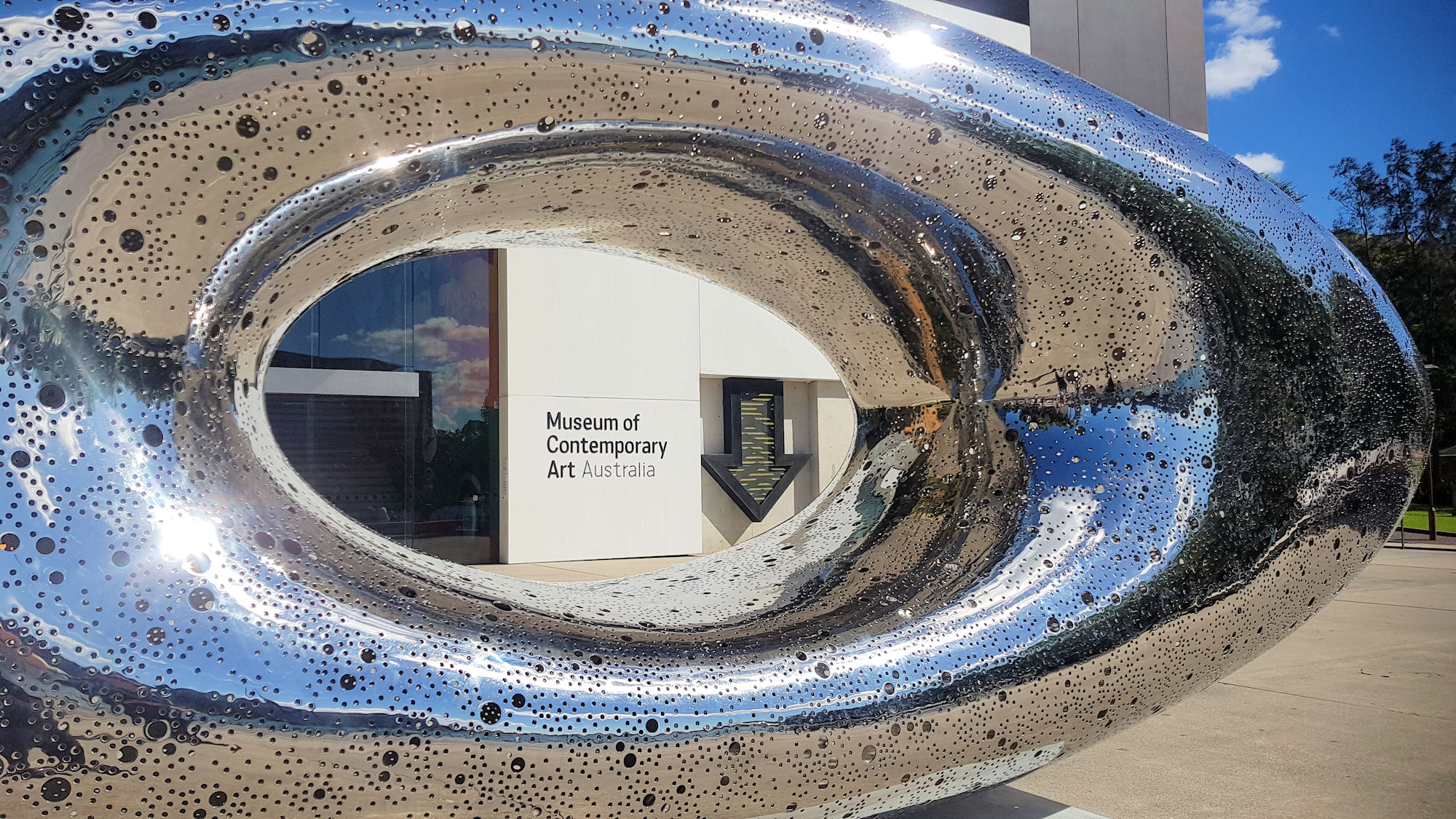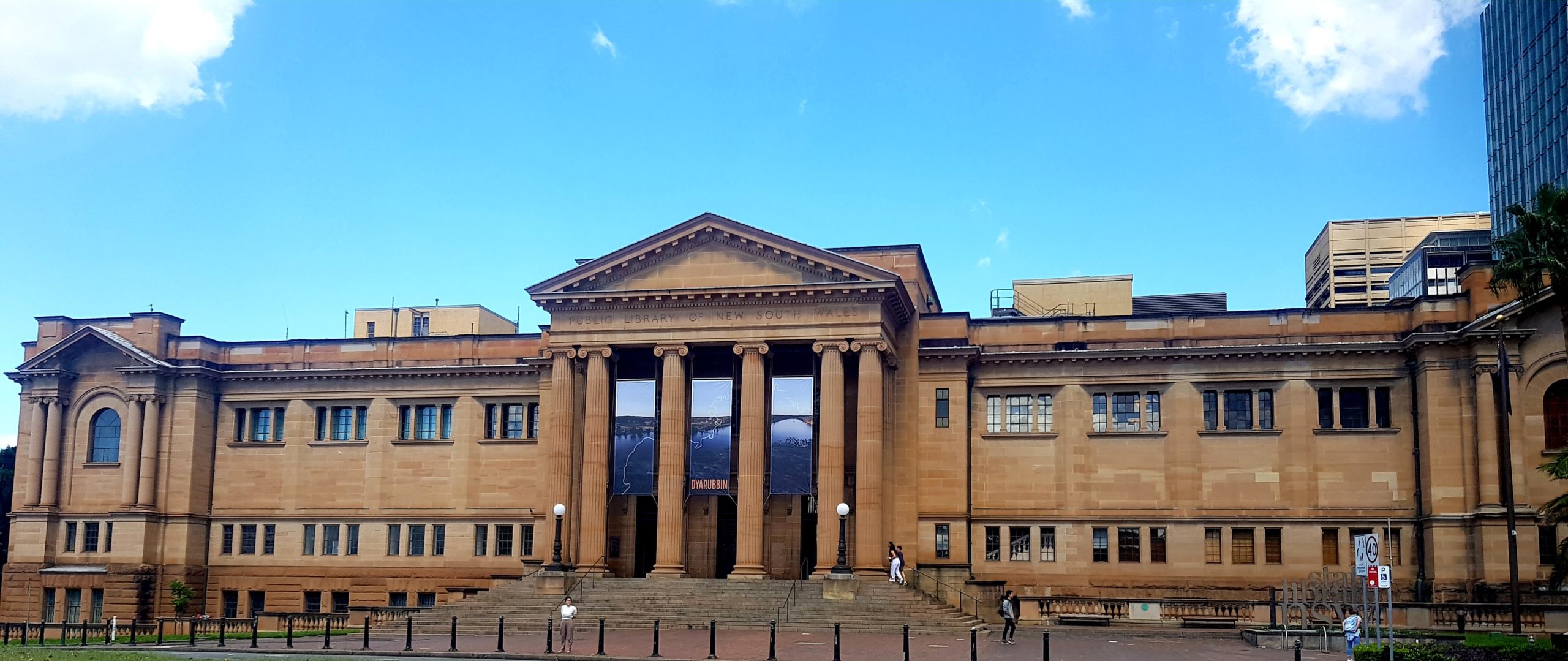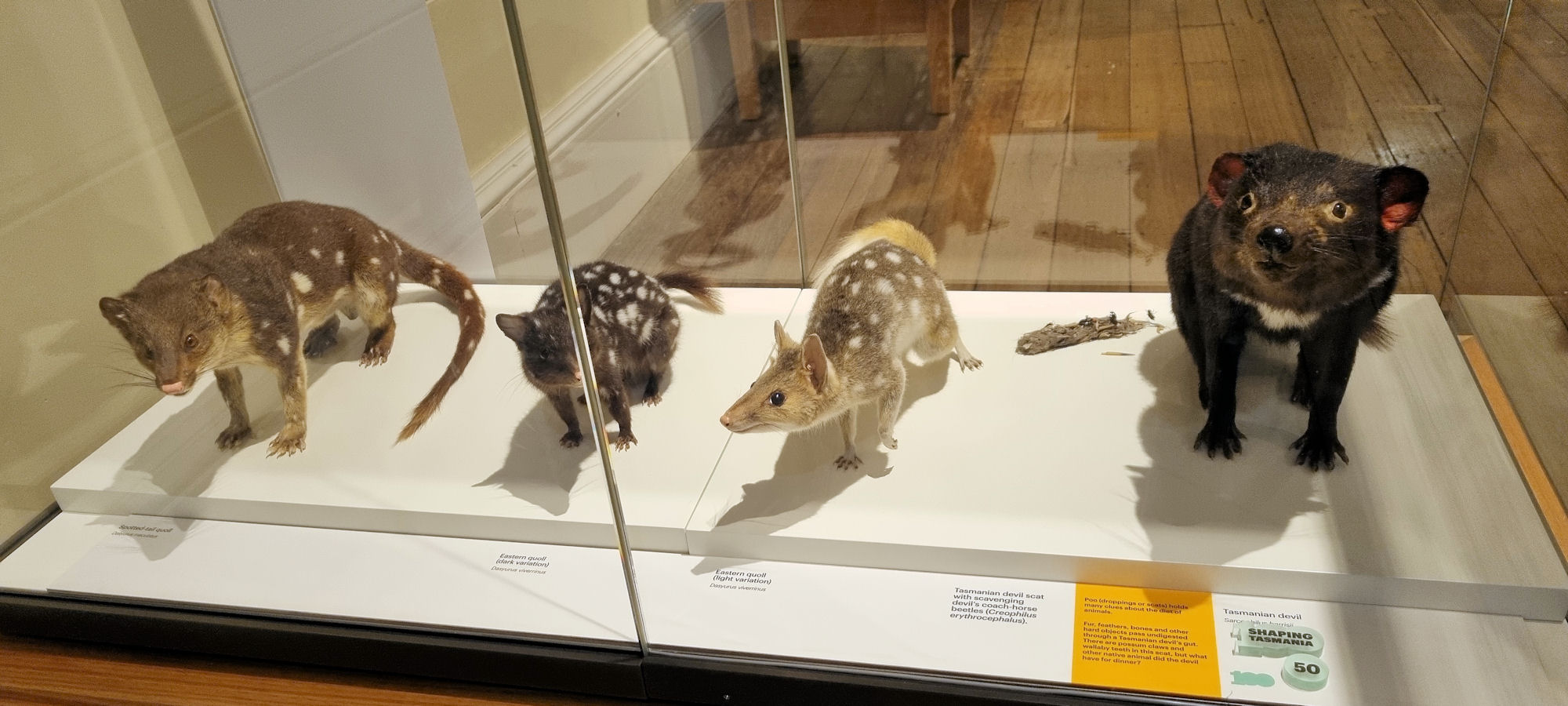Tag: art gallery
-
Museum of Contemporary Art Australia

Museum of Contemporary Art Australia Sitting on the waterfront at Circular Quay, the Museum of Contemporary Art Australia provides a venue for international and local artists. Getting There In walking distance of Circular Quay, public transport is the easiest way to get here. Ferries, buses, trains and light rail all stop here, making it easy… Read more
-
State Library of New South Wales

State Library of New South Wales Located at 1 Shakespeare Place in the centre of Sydney, the State Library of New South Wales is the oldest library in Australia. Established in 1826, it moved to the current building in 1910. Designed by Walter Liberty Vernon, the heritage listed building has been expanded over the years… Read more
